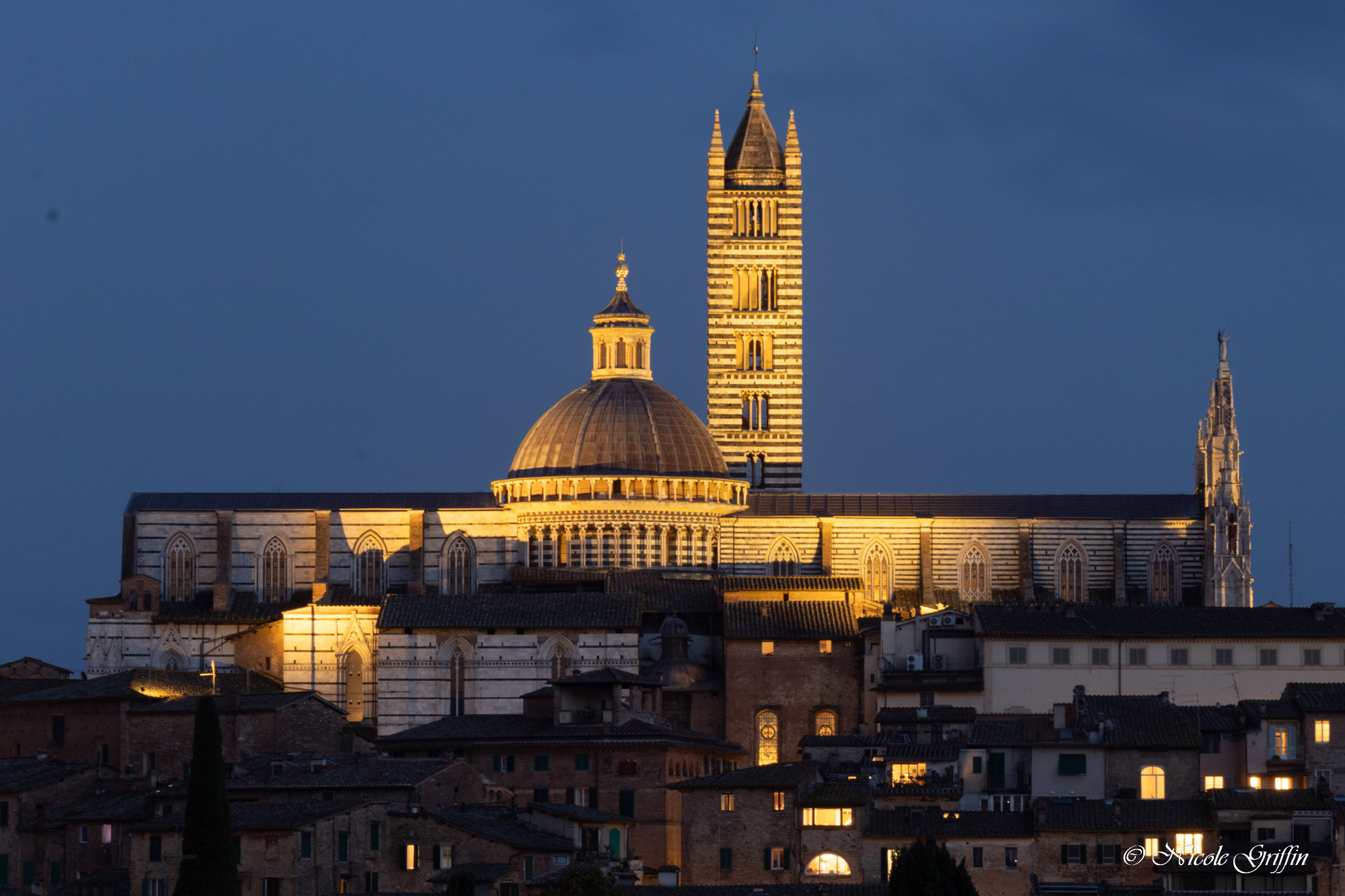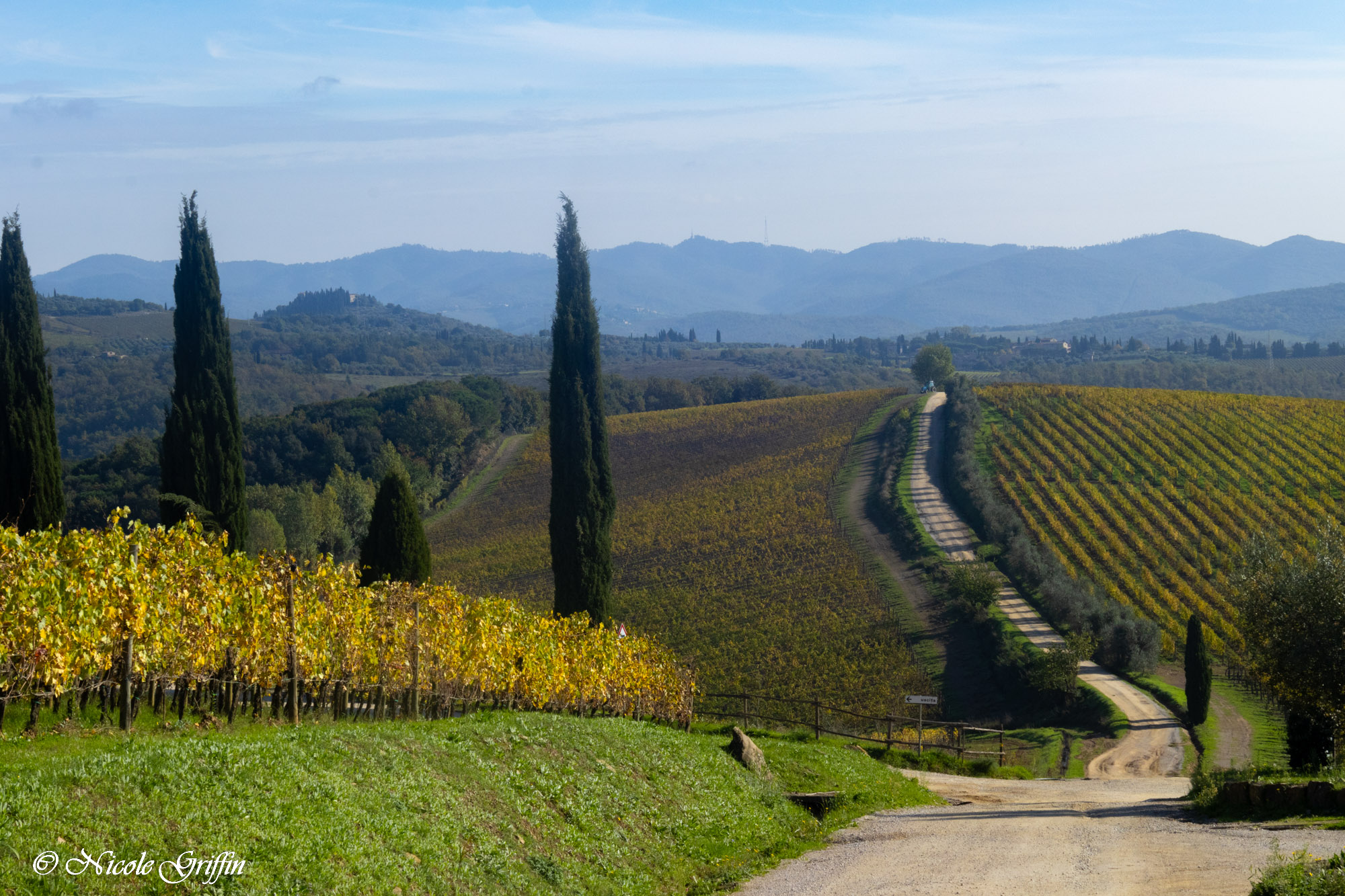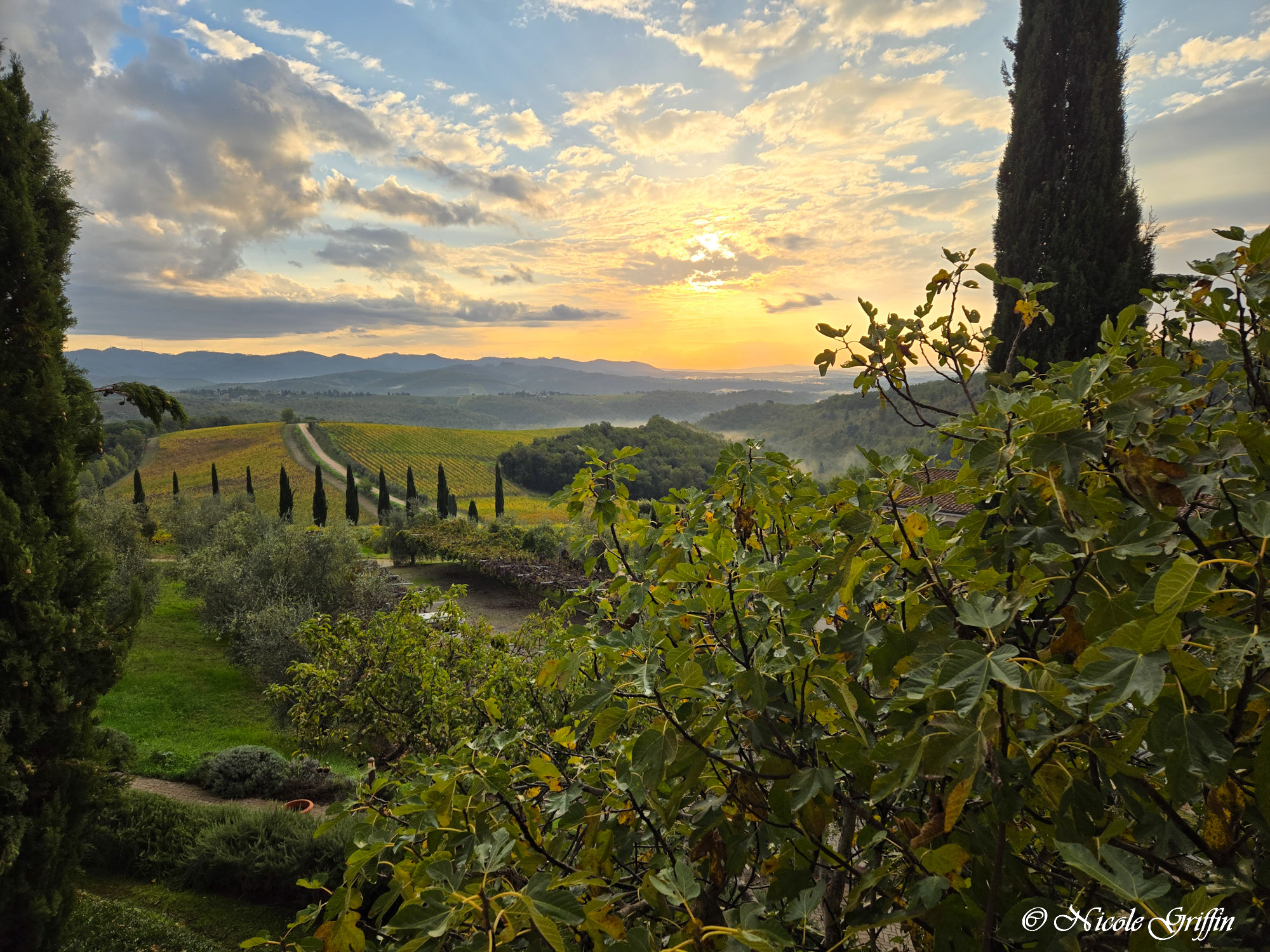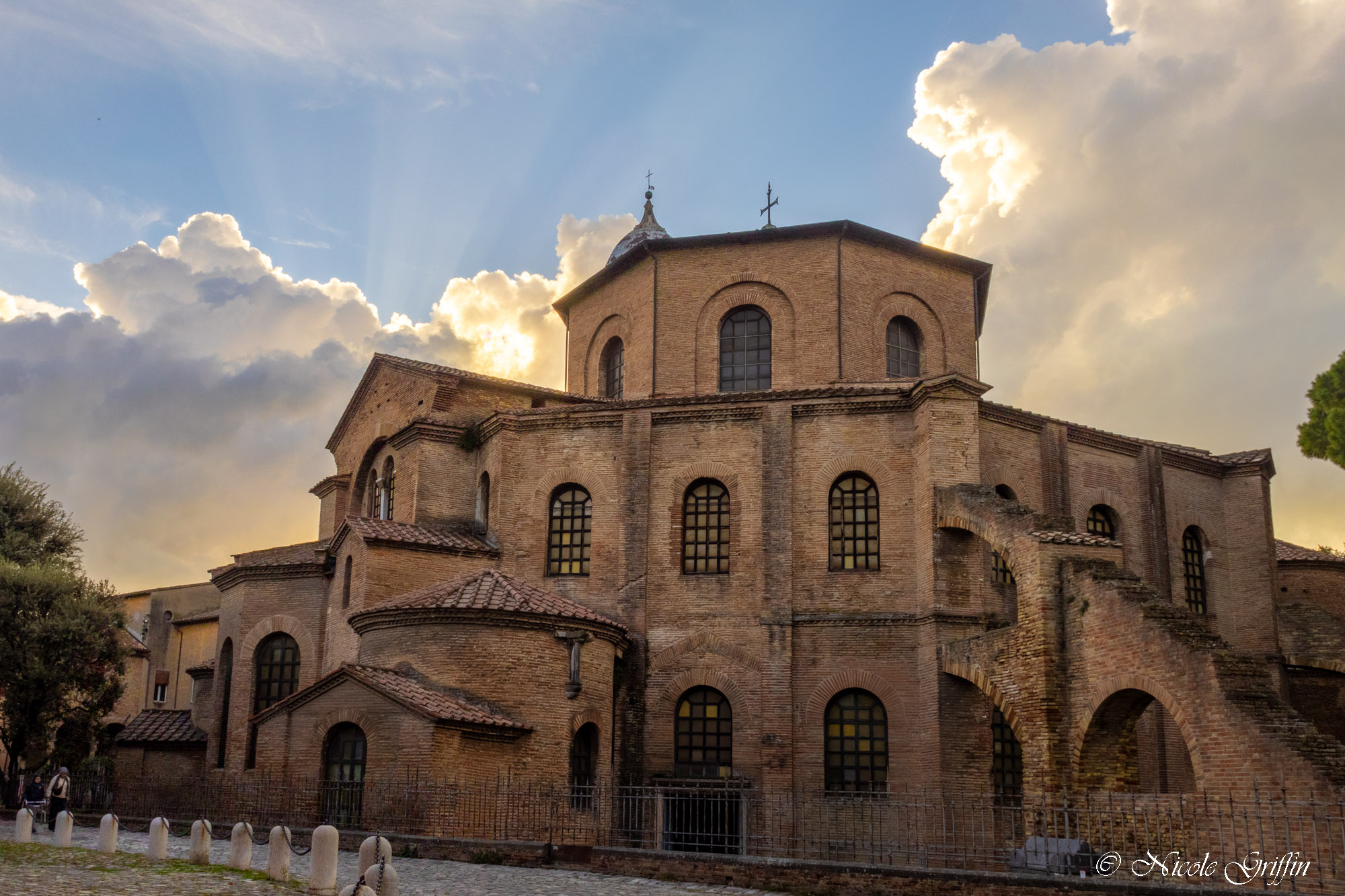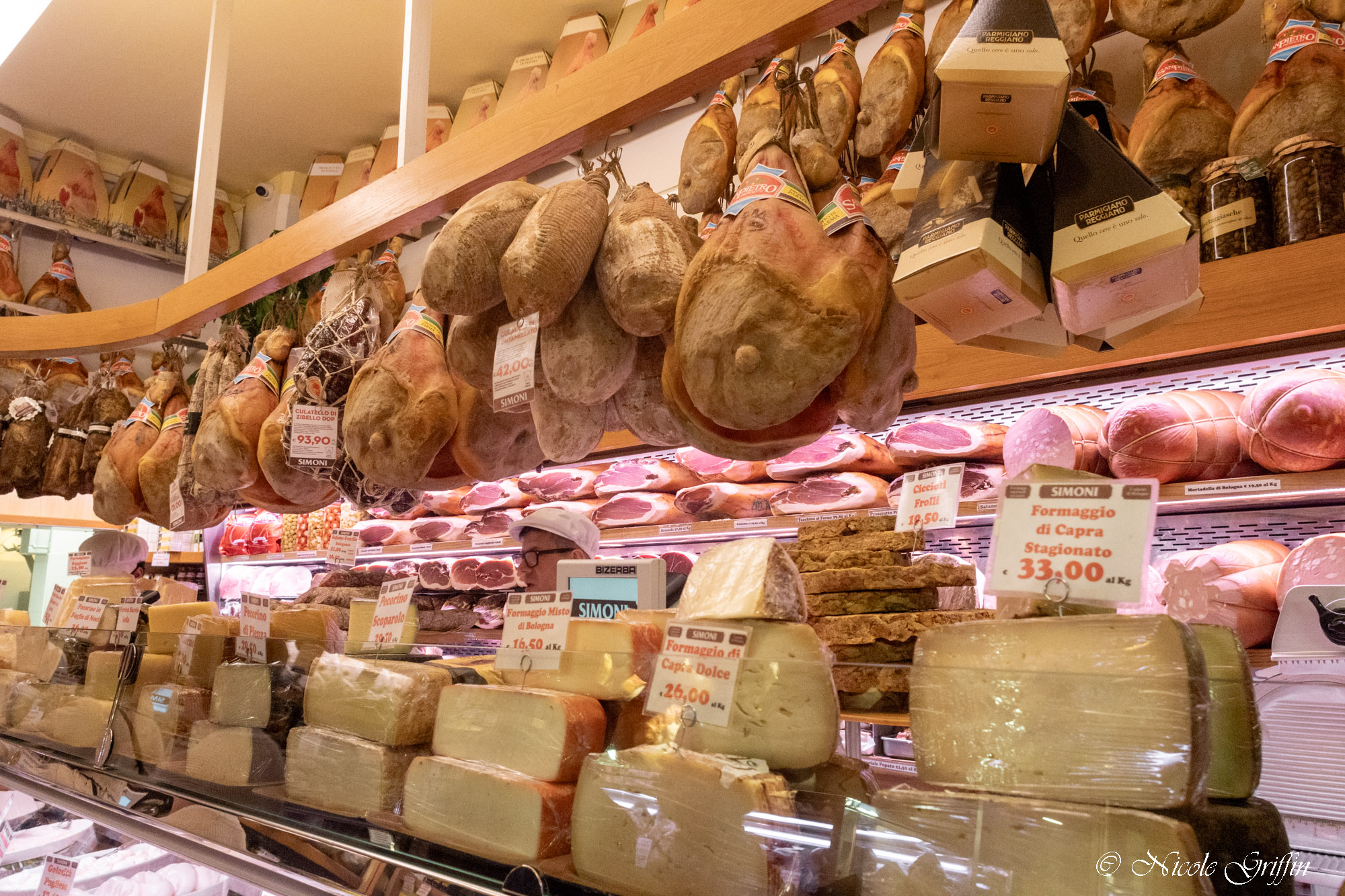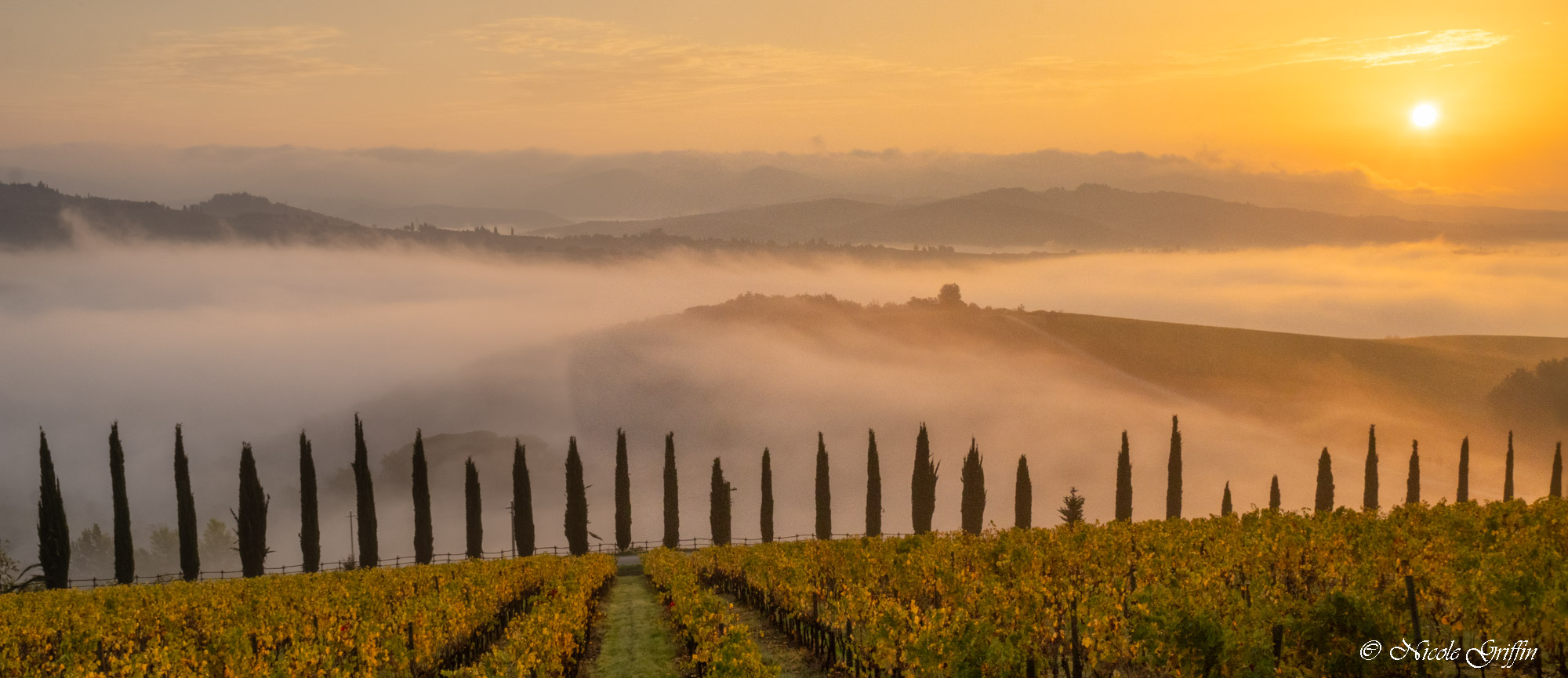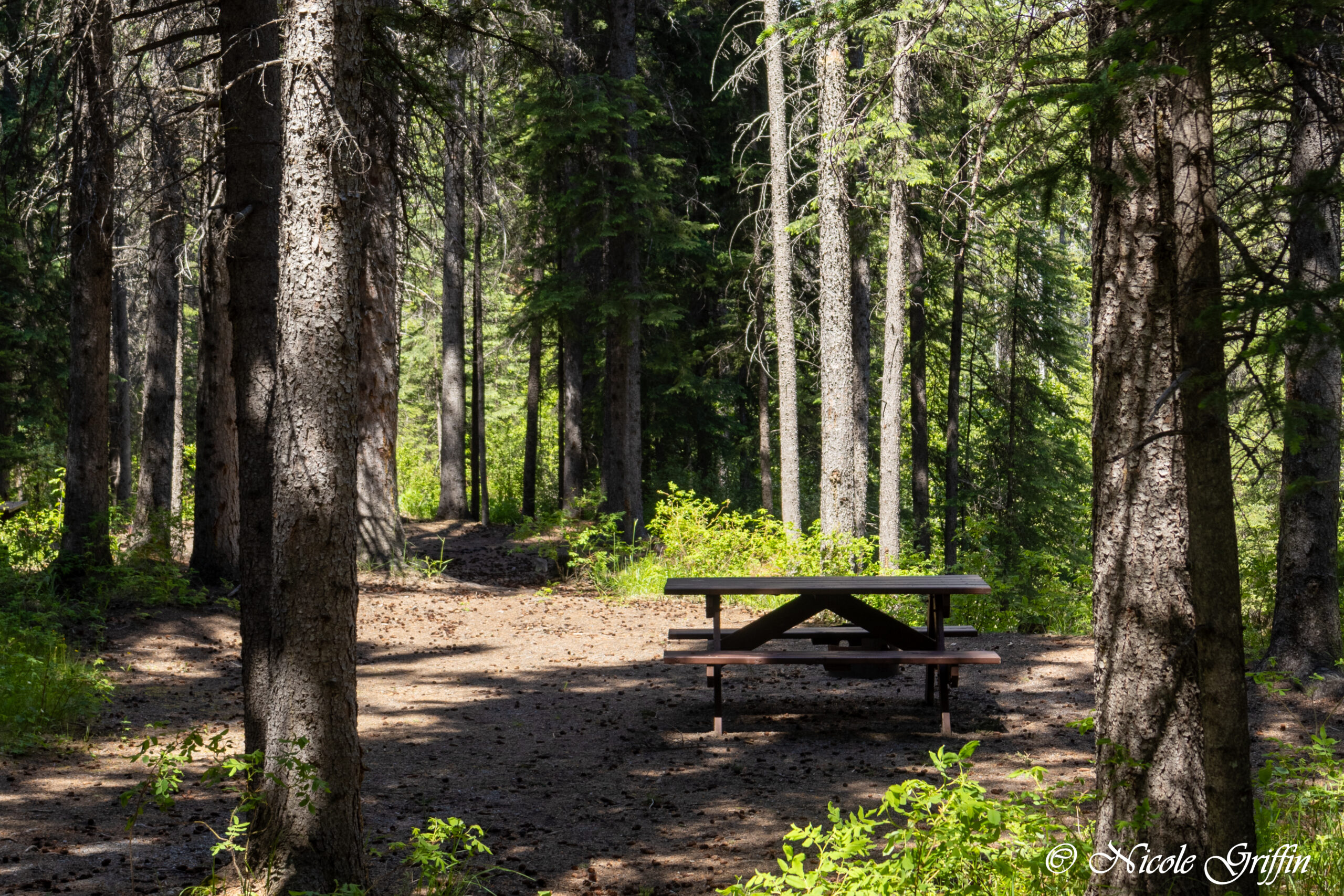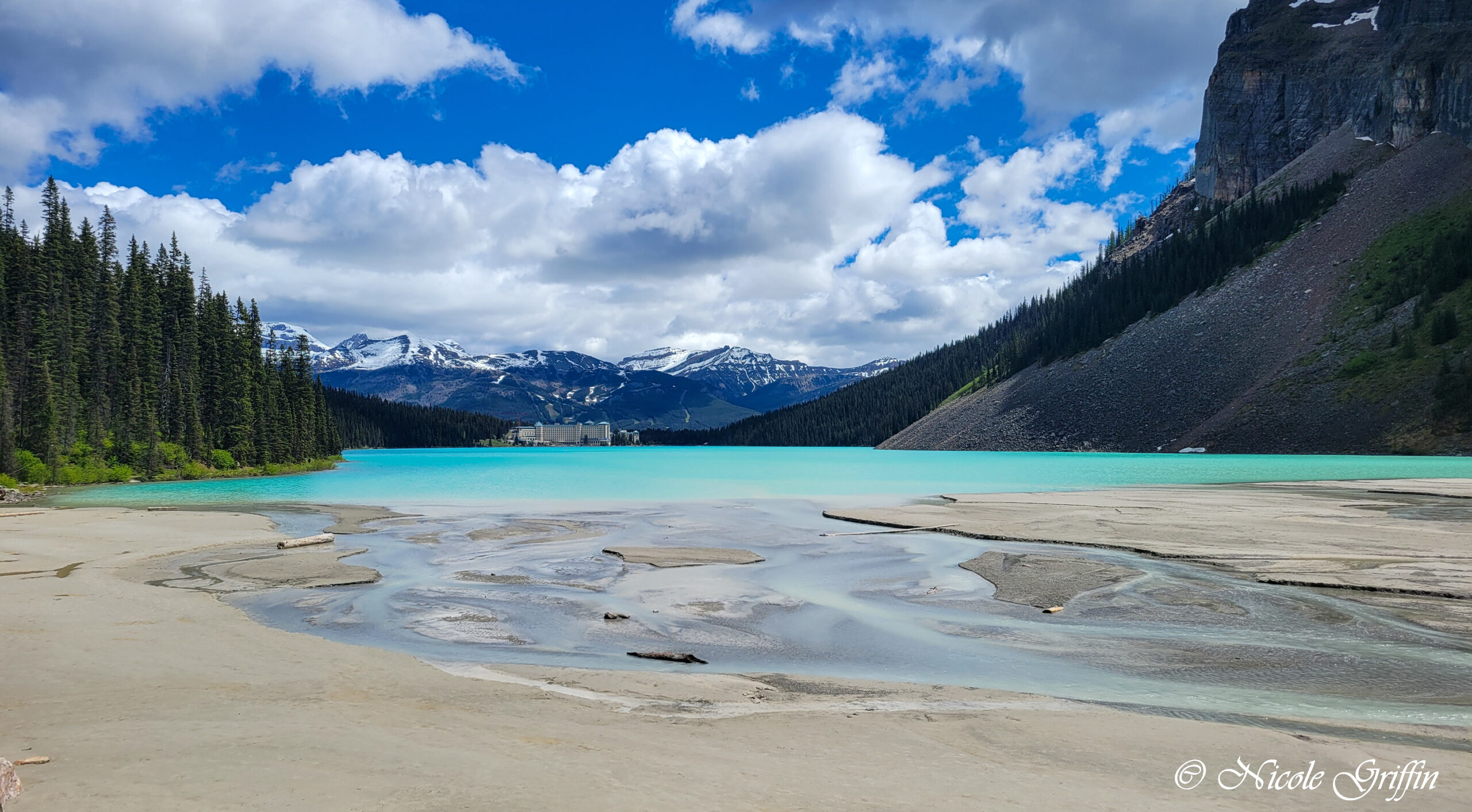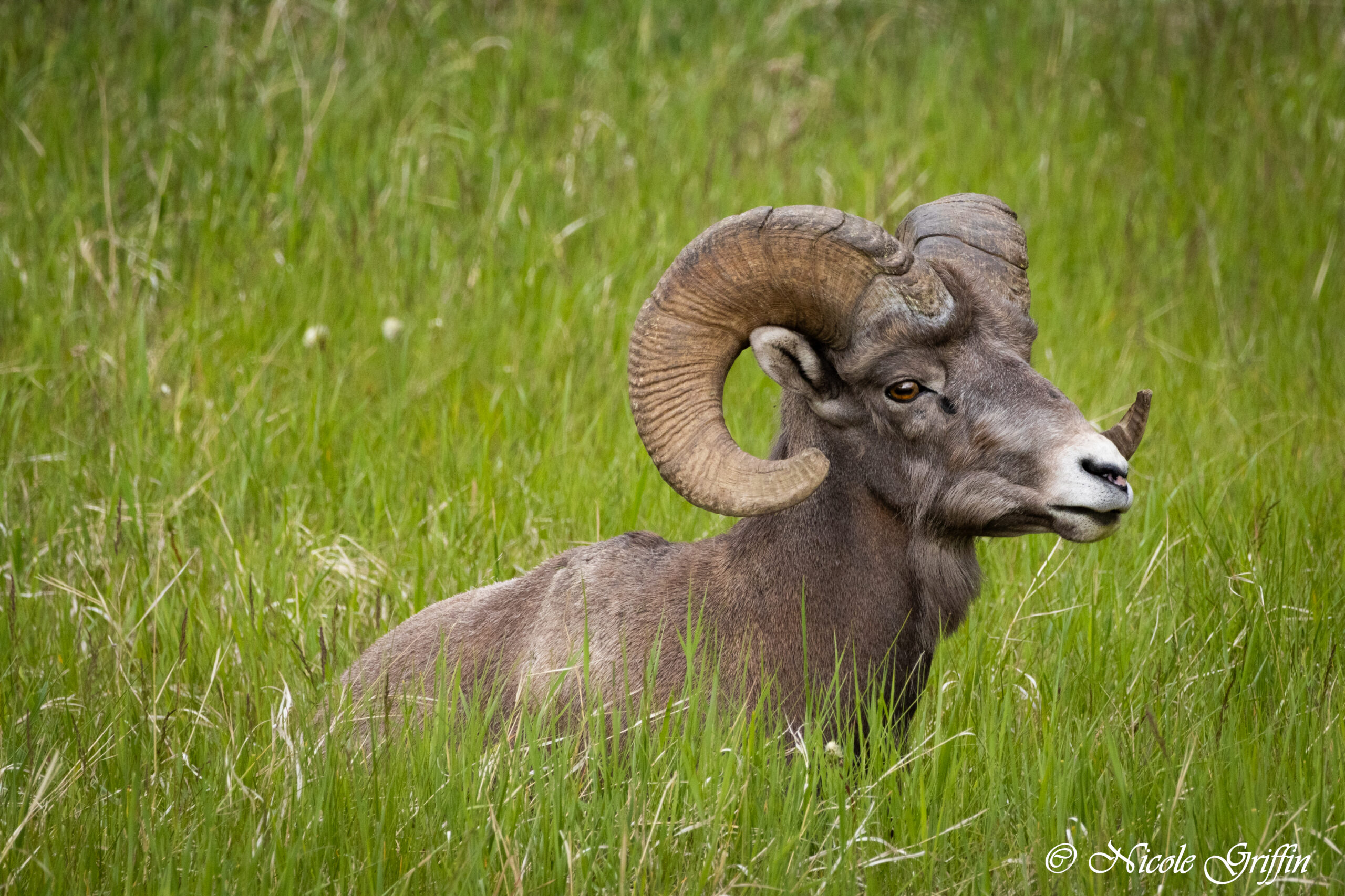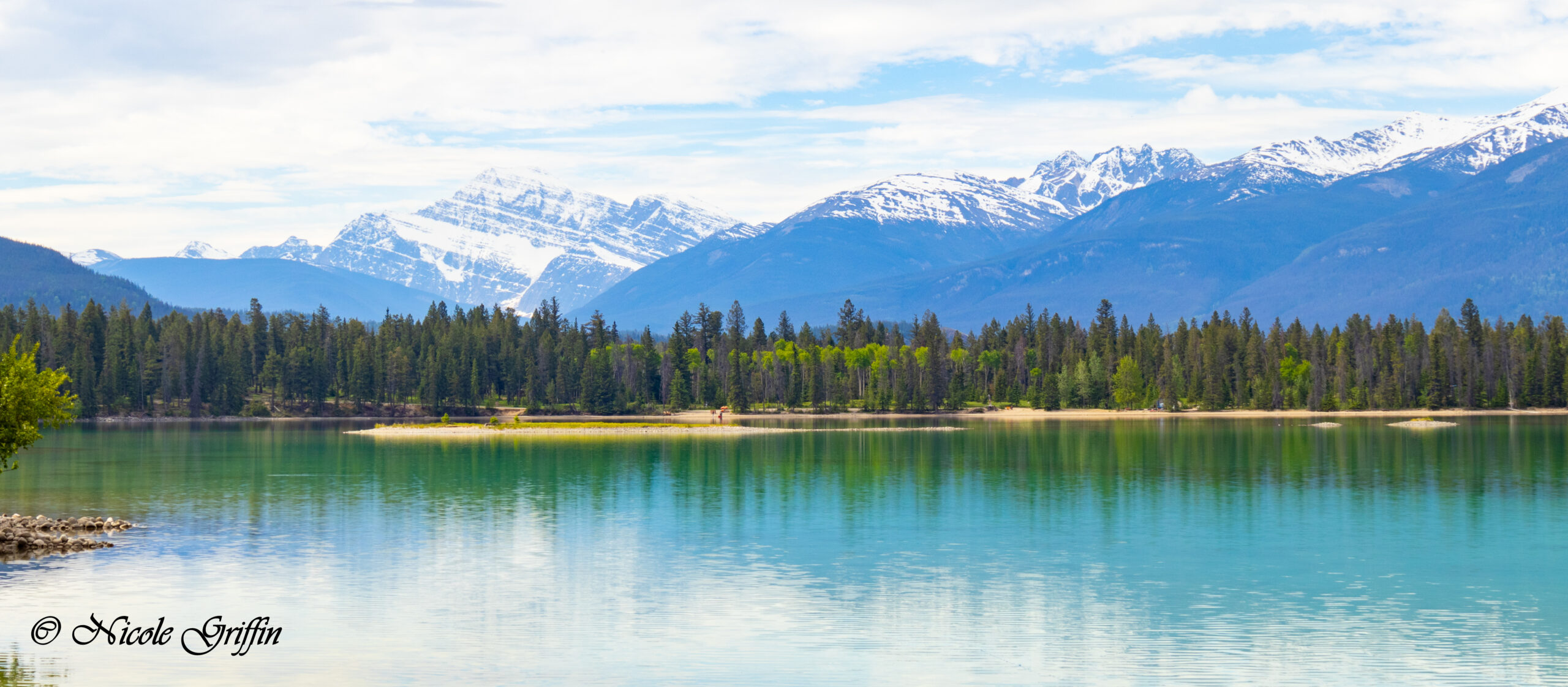Prior to this trip, my only experience in Tuscany had been a weekend excursion to Florence when I was 19. My memories of Tuscany’s capital were vague, consisting of impressions of the bustling Ponte Vecchio, the towering Duomo, and an epic journey through the Uffizi. I felt I owed another pilgrimage to this city in which the Medici family had midwifed the Renaissance, this city that had fostered the avant garde of art, literature, music, and culture for centuries.
I spent about 24 hours there before meeting up with the photography class in Siena. Honestly, I don’t feel the need to go back again. I am sure that when I was there over 20 years ago, it was busy. But it is now so overrun with tourists—even in October, hardly the high season!—that visiting the main tourist sites is a slog.
I stayed in a hotel just steps away from the Piazza della Signoria, from which I easily wandered to the Ponte Vecchio and the Duomo, capturing far more photos than anyone needs of the latter, including during golden hour. I planned ahead and snagged an early morning ticket to climb the belltower (from which I took more photos). I did not plan far enough ahead to get tickets to climb the dome, but frankly climbing one set of punishing steps was enough for one day. I waited in line for nearly an hour to get inside the cathedral itself—on a Monday morning in October! And you know what? Now I’m good. Florence, you’re lovely, but this was our last arrivederci.
It’s a good thing there are so many other towns and villages in Tuscany, each with a slightly different history, architectural style, and flair! During the week’s photography class, we were able to visit four: Siena, San Gimignano, Pienza, and Radda.
Siena
Before there was Florence, there was Siena. That’s a bit of an overstatement, as the two coexisted for centuries before Siena was ultimately absorbed by Florence into the Grand Duchy of Tuscany. But there was a time in the 13th-14th centuries when Siena surpassed Florence, both in banking wealth and cultural significance. The city never quite recovered its prestige after the Black Death. But what it may have lost over the centuries in status, it has more than retained in charm.
Because Siena was only a short drive from Dievole, we visited twice: once for a full day excursion, once for a brief evening journey to take distance shots of the Duomo at blue hour. Siena’s Duomo is not as large as Florence’s, but I found its design much more interesting with its black and white stripes. On the full day visit, we climbed up into the rafters of the church (much less physically taxing than the belltower in Florence) and looked out over the city.
The medieval city of Siena was an enjoyable stroll—touristed, but an order of magnitude less crowded than Florence. On both trips our drivers dropped us off at the Basilica Cateriniana San Domenico, which houses relics from Saint Catherine, along with my favorite stained glass windows I saw in Italy.
From there it’s an easy walk up the Via dei Termini and the Via di Città, or some alternative side routes, to the Piazza del Campo and the Duomo. No matter which route you take, there are plenty of fun shops (including the one where I purchased my rain hat), and moody, arched alleyways that peek backwards towards the Basilica Cateriniana looming on the next hill over.
San Gimignano
Outside of Florence and Siena, the tourists all but vanished. In San Gimignano, one could still see evidence of a tourist industry—the streets lined with shops selling Italian chocolates, Tuscan pottery, and pecorino cheese. But the density dropped by an order of magnitude yet again, and here it was possible to quietly wander among the streets and alleys without seeing another soul. Like Bologna, San Gimignano’s medieval builders had a fetish for skyscrapers. 14 of the original 72 towers remain.

It’s possible to climb the towers, but I didn’t bother; the views of the lush valley below were stunning from the city walls.
Pienza
Pienza was my favorite Tuscan town. What made it stand out, you ask? All the Tuscan towns perched on hills and boasted medieval or renaissance architecture, winding streets and alleys, and views of the surrounding countryside.

Pienza added to this a little flair in the form of potted plants and flowers, everywhere! Something about the added greenery made the stark stone city feel warm and inviting compared to its less adorned neighbors.
Also, such delicious pecorino cheese!
Radda
Fun fact about Radda: it is the heart of the Chianti Classico growing region, the symbol of which is a black rooster, which can be seen all over the city. More fun facts about Radda? Meh, not sure. After San Gimignano and Pienza, I found it a little disappointing. Perhaps it was because we visited on a Sunday afternoon when it was completely dead… I guess there is such a thing as an undertouristed town!

And with that, I conclude my Italy posts and my 2024 travel. In 3 days, I fly to Vegas, so watch this space for some Vegas content when I return.
